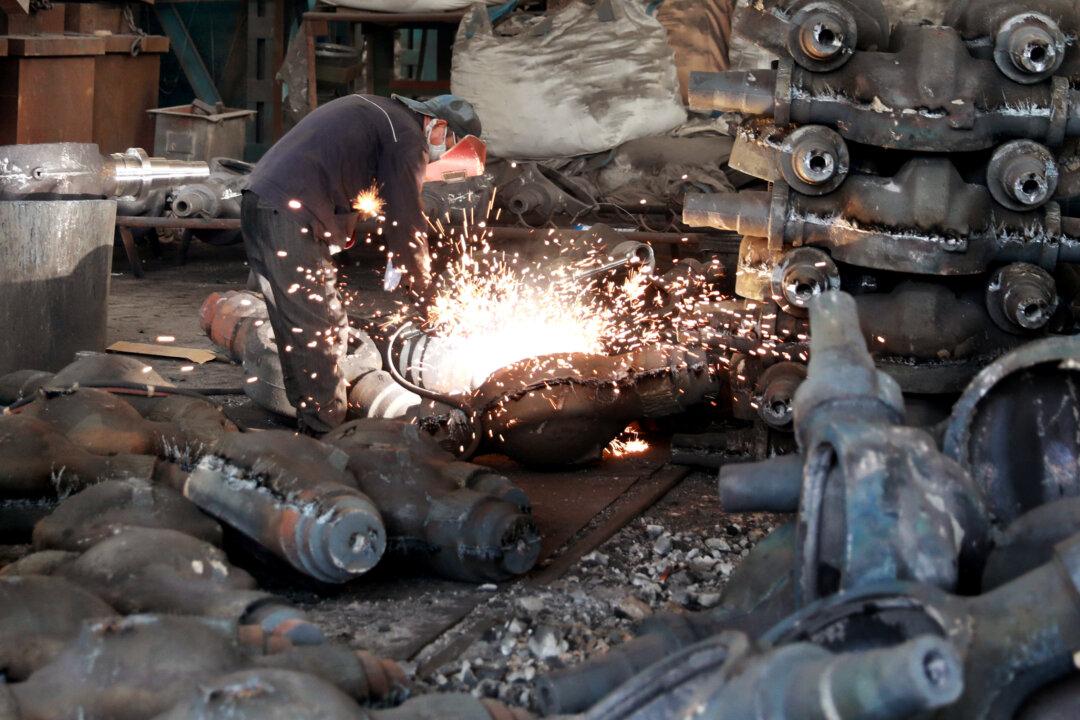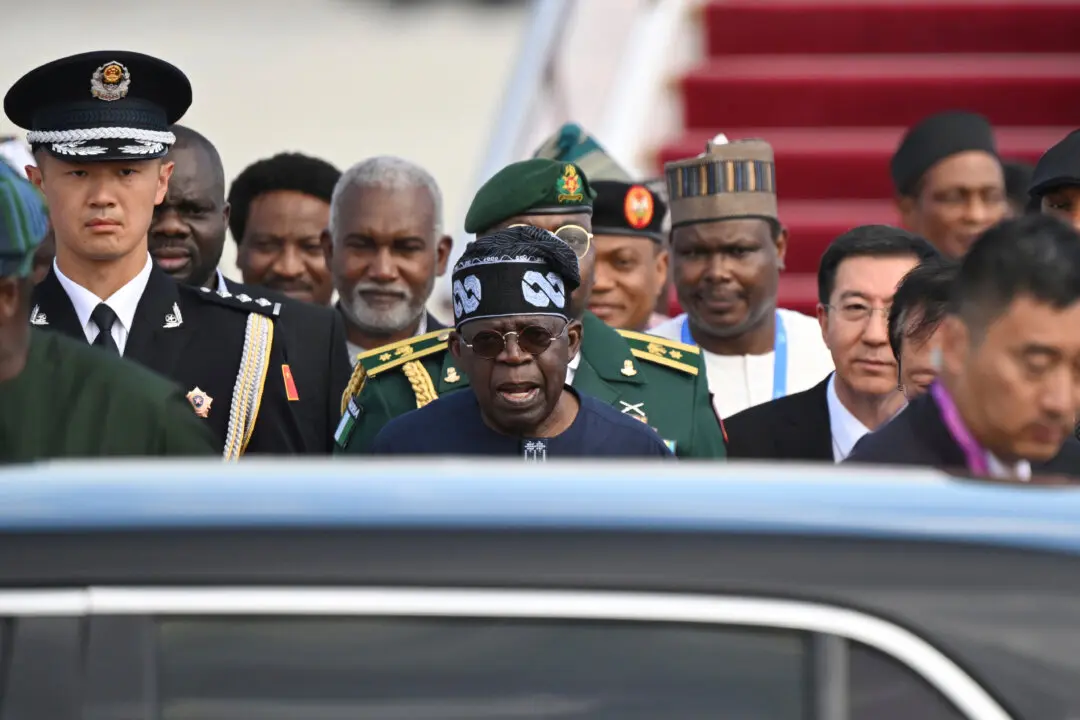BEIJING—Growth in China’s services sector slowed for a second straight month in January, a traditionally busy sales season, hitting a three-month low as companies cut prices and new orders dipped, a private sector survey showed on Feb. 5.
The Caixin/Markit services purchasing managers’ index (PMI) slowed to 51.8 last month from 52.5 in December, but was still higher than an 8-month low hit in October.





